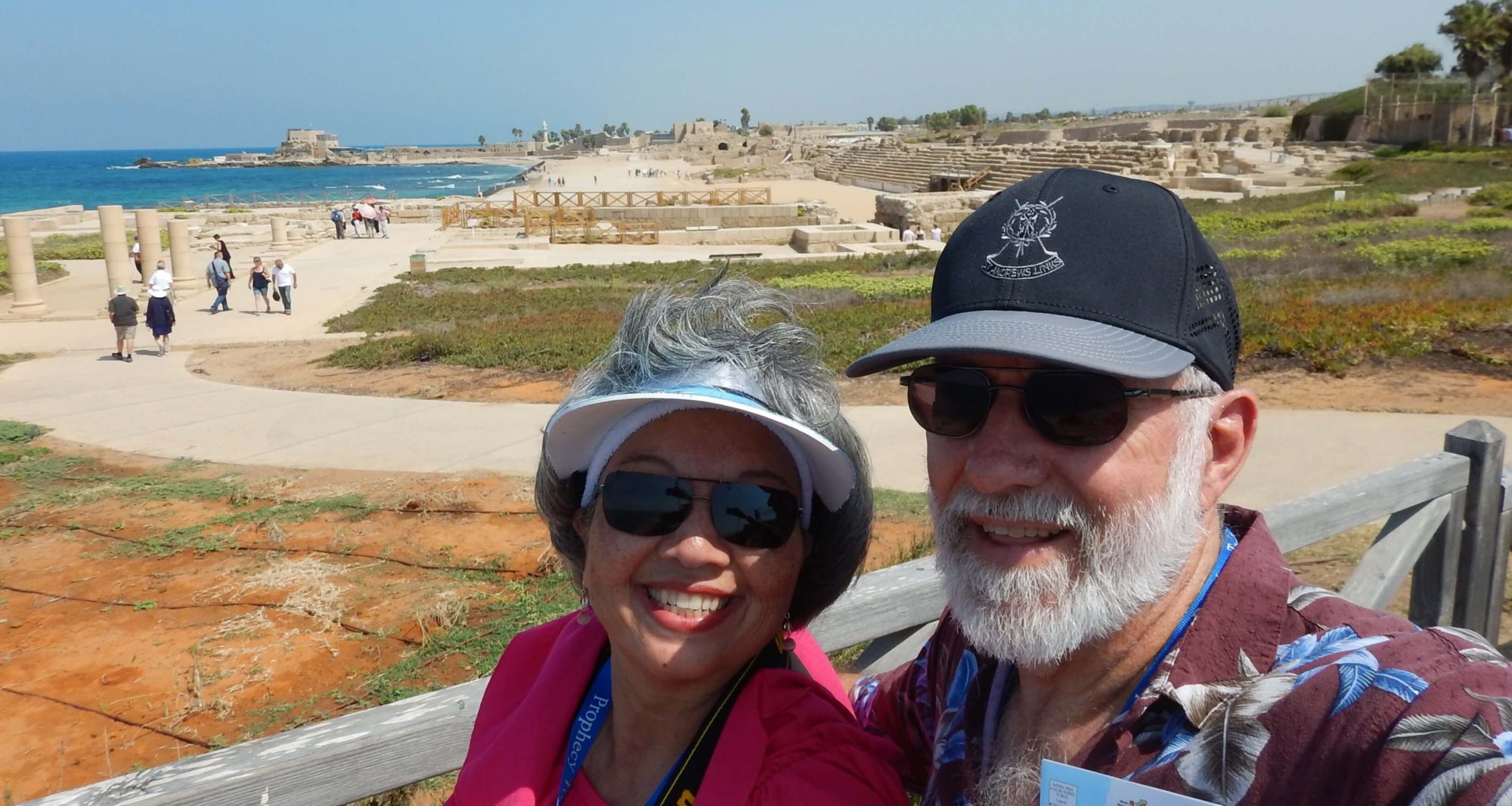Corsica is a French island located north of Sardinia with the Mediterranean Sea on its western coast and the Tyrrhenian Sea on the eastern shores. It is only about 56 miles from Italy and 110 miles southeast of France. Corsica is the most mountainous island in the Mediterranean Sea.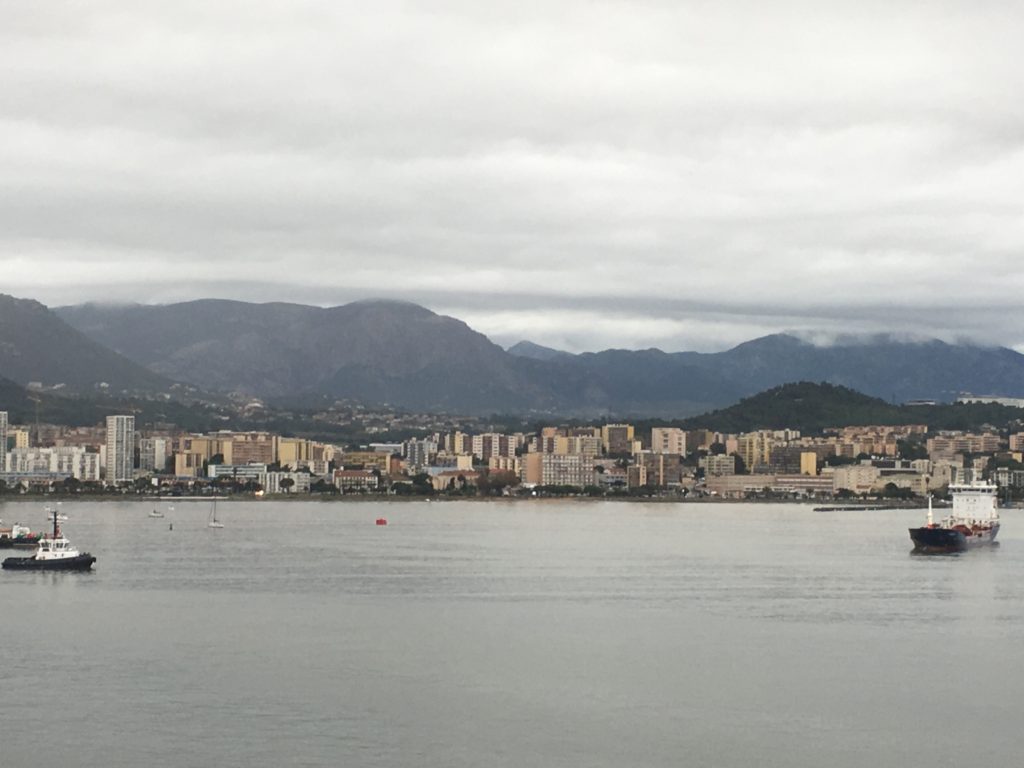
The Prunelli Gorge is an area carved by the Prunelli river through red granite rock. The cliffs formed by the erosion are filled with chestnut and pine trees whose brilliant fall colors were on majestic display! The chestnut tree is very important to the Corsicans. Flour is made from the nut, and its versatility is shown through the many different dishes that can be made using chestnut flour.
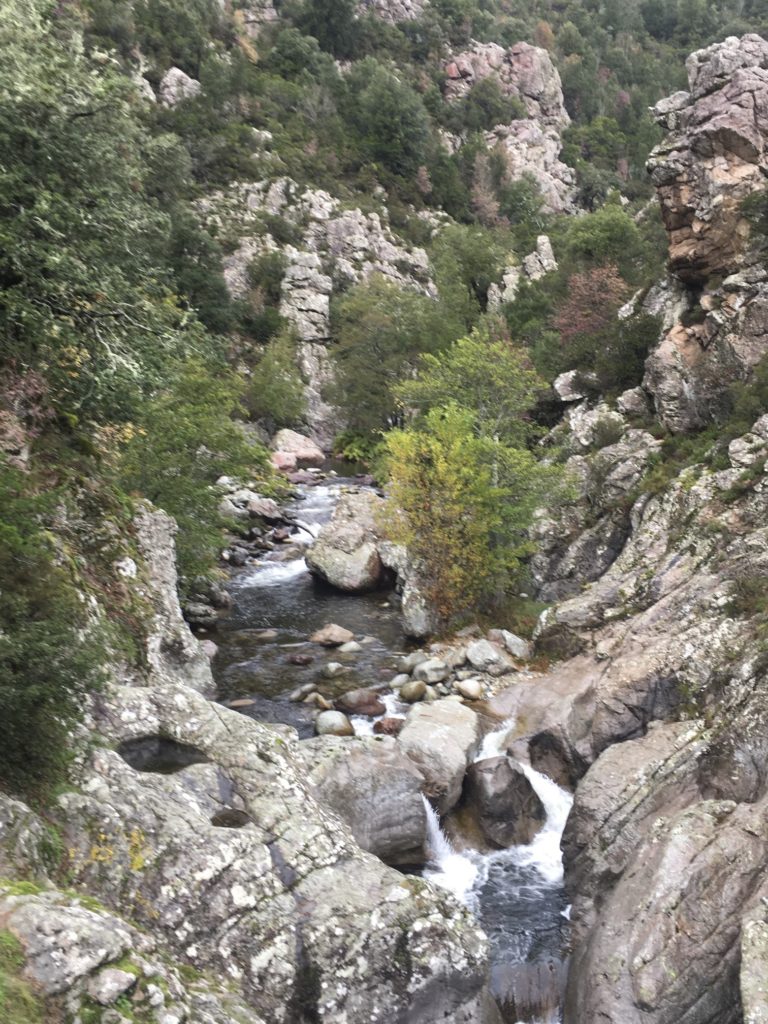
There is a fragrant chaparral known as macchia throughout the foothills of the forest, and long ago, Corsican bandits would seek refuge in the lush foliage traveling along paths known only to them. Today, the flowers of the chaparral produce extracts used in perfumes and aromatherapy scents. Plants such as myrtle, rosemary, thyme, and mint are also found throughout the island.
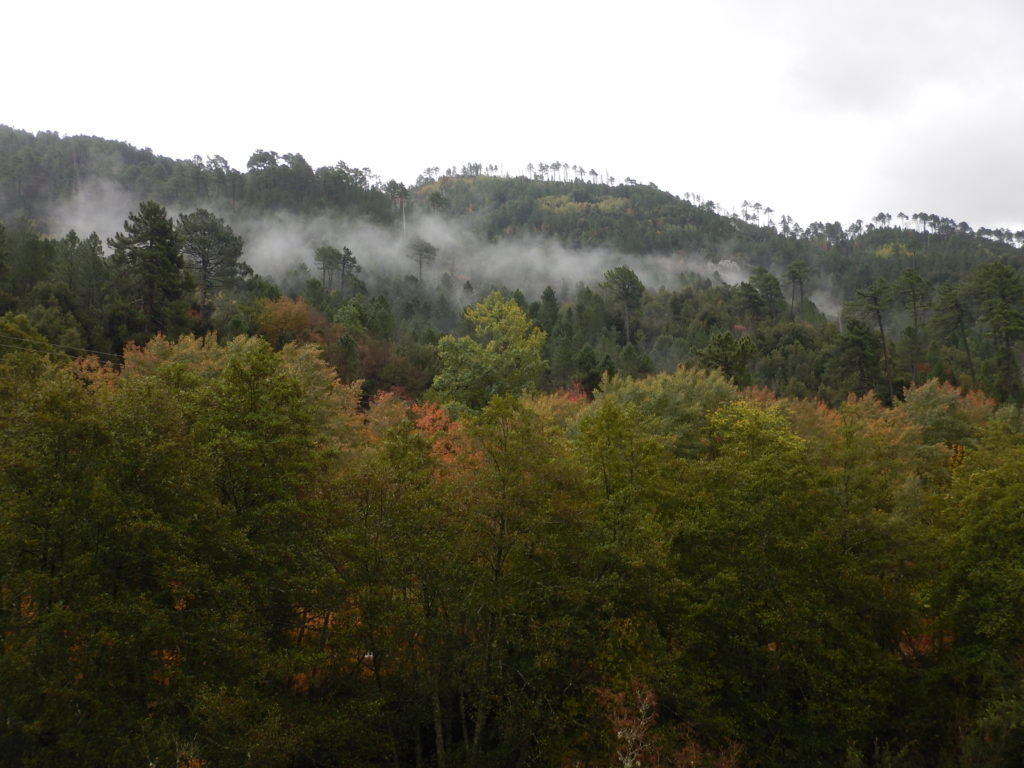
Corsican honey is very well known, and there are many varieties of it. Some honeys are quite bitter, but combine well with dark chocolate or coffee. The different types of honey depend upon the time of year and type of flowers the bees visit. Here in Corsica, bees are able to make honey all year long as the wildflowers continually bloom due to the Mediterranean climate.
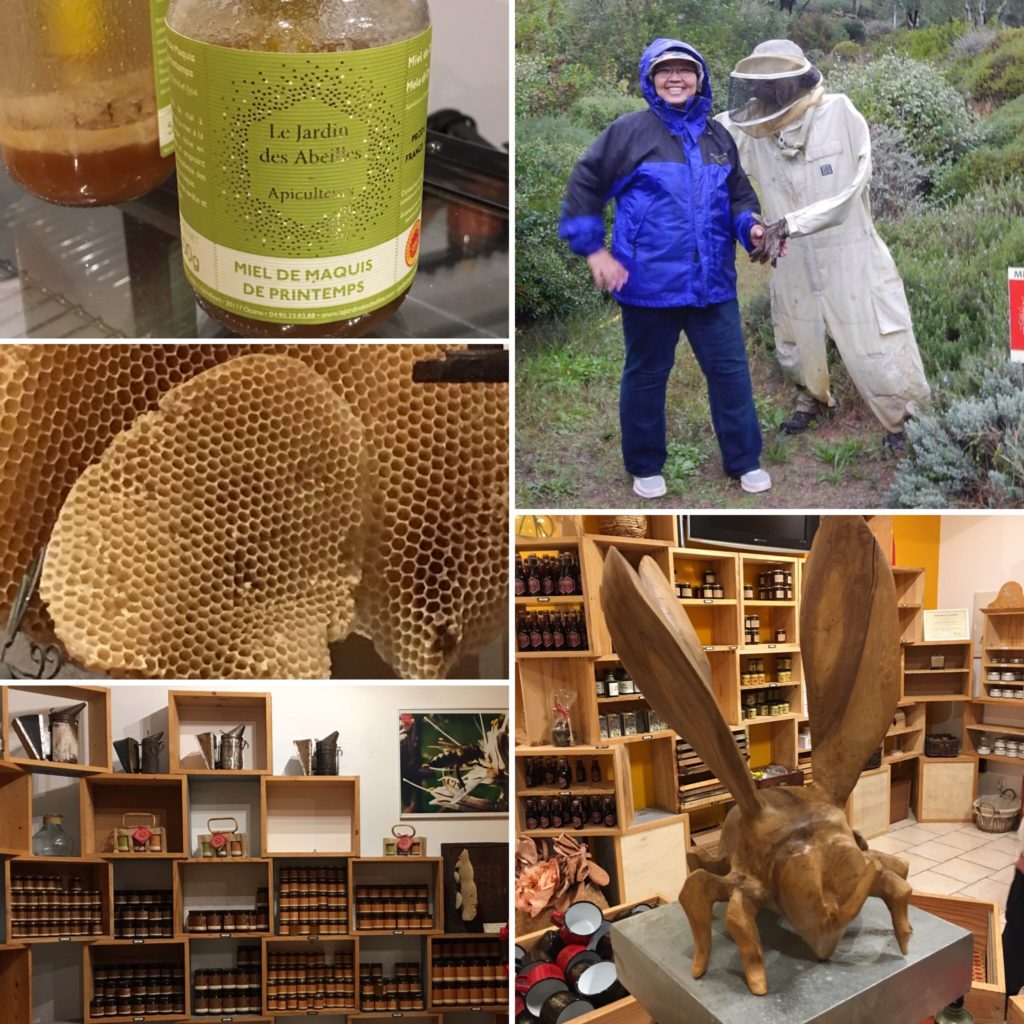
We also visited Tolla Lake as we drove through the mountains.
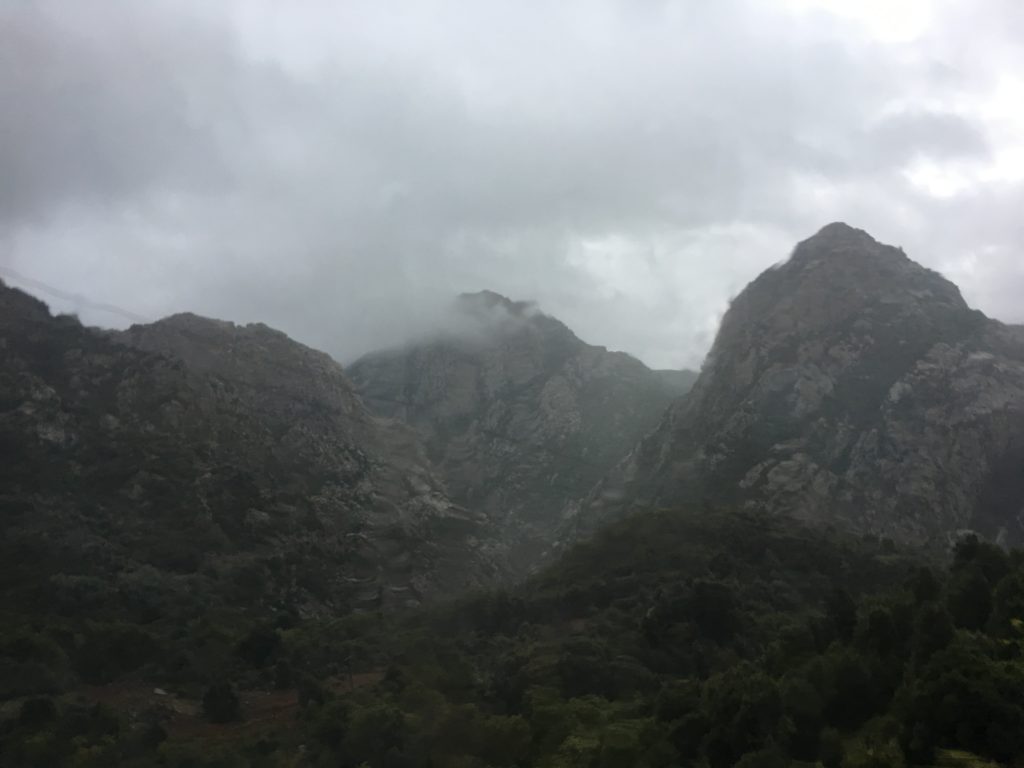
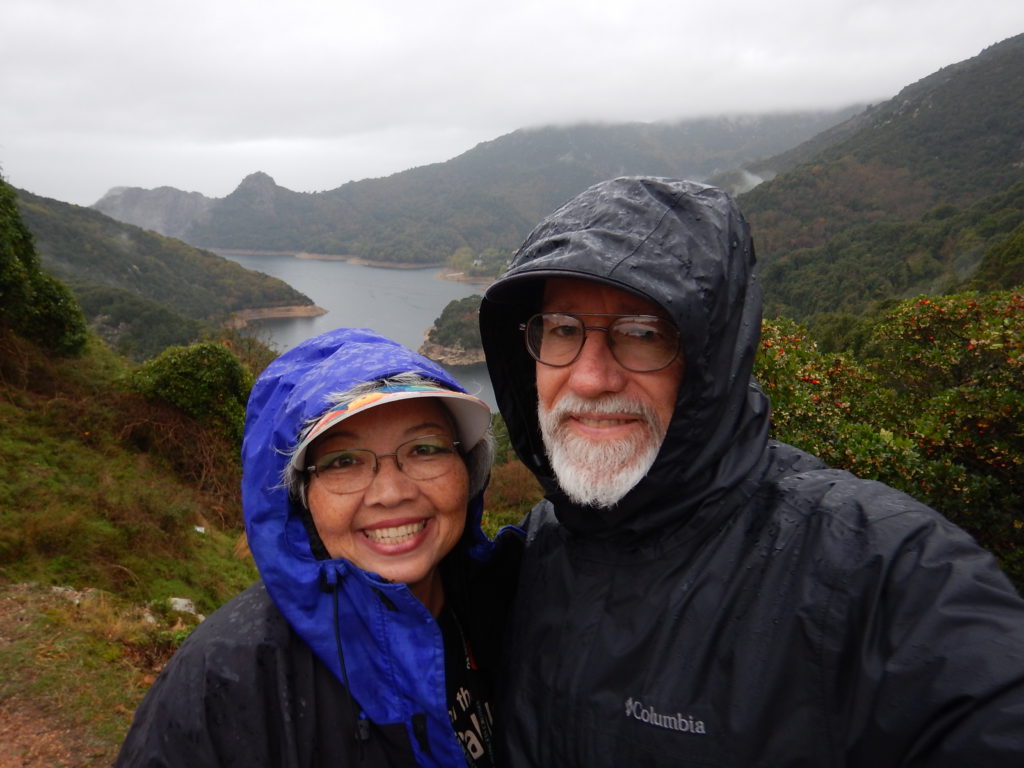
Five interesting facts about Corsica:
1. Corsica is the birthplace of the French emperor, Napoleon Bonaparte.
2. Corsica has one of only three tortoise protection centers in the world with more than 130 species of tortoises and turtles from around the world.
3. Chestnuts are used to make beer in Corsica.
4. Honey bee queens that are bred here can fetch as much as $10,000 each!
5. Paoli City in Pennsylvania is named for the “Father of Corsica.”
